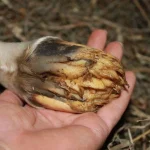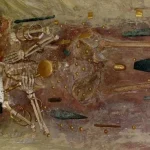The Pomato: Two Harvests from a Single Plant
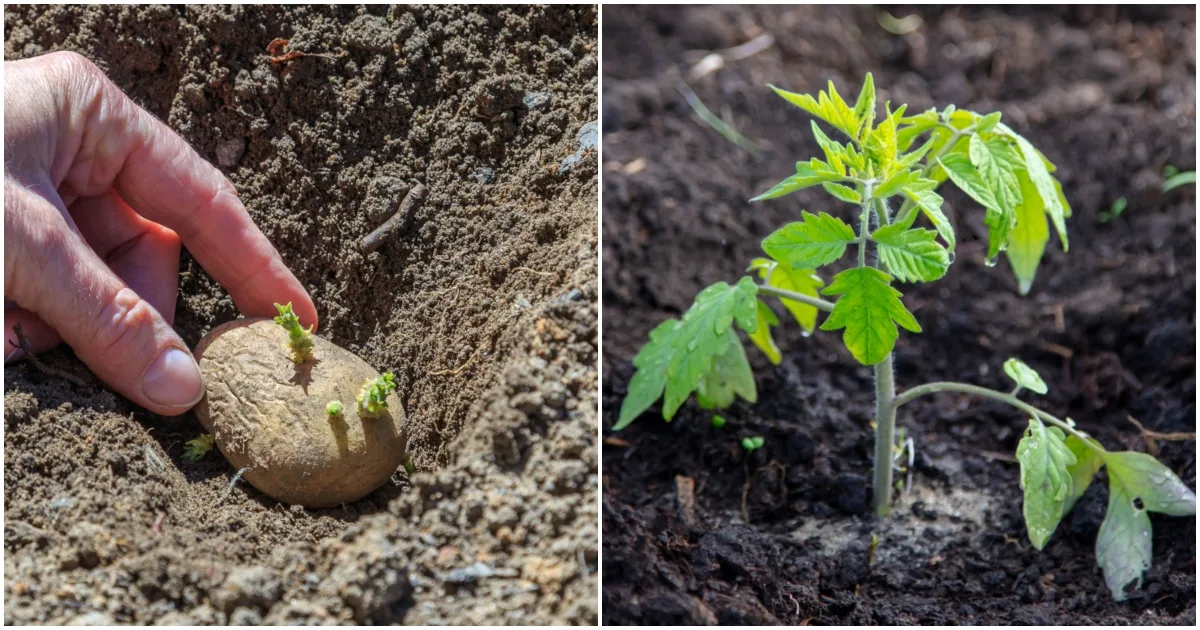
Imagine walking into your garden, tending to a single plant, and later harvesting juicy red tomatoes above the soil and hearty potatoes beneath it. This isn’t science fiction—it’s the ingenious reality of the Pomato, a grafted plant that delivers two staple crops in one.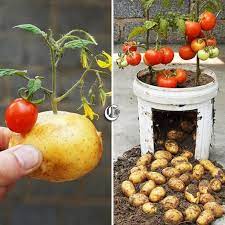
How It Works
The Pomato is not a genetically engineered hybrid, but a clever result of grafting—a traditional gardening technique where two plants are fused together so they grow as one. In this case, the stem of a tomato plant is grafted onto the rootstock of a potato plant. Because both belong to the nightshade family (Solanaceae), they share compatible growth requirements, allowing them to coexist harmoniously.
The outcome? A single plant that bears tomatoes above ground while developing potatoes underground.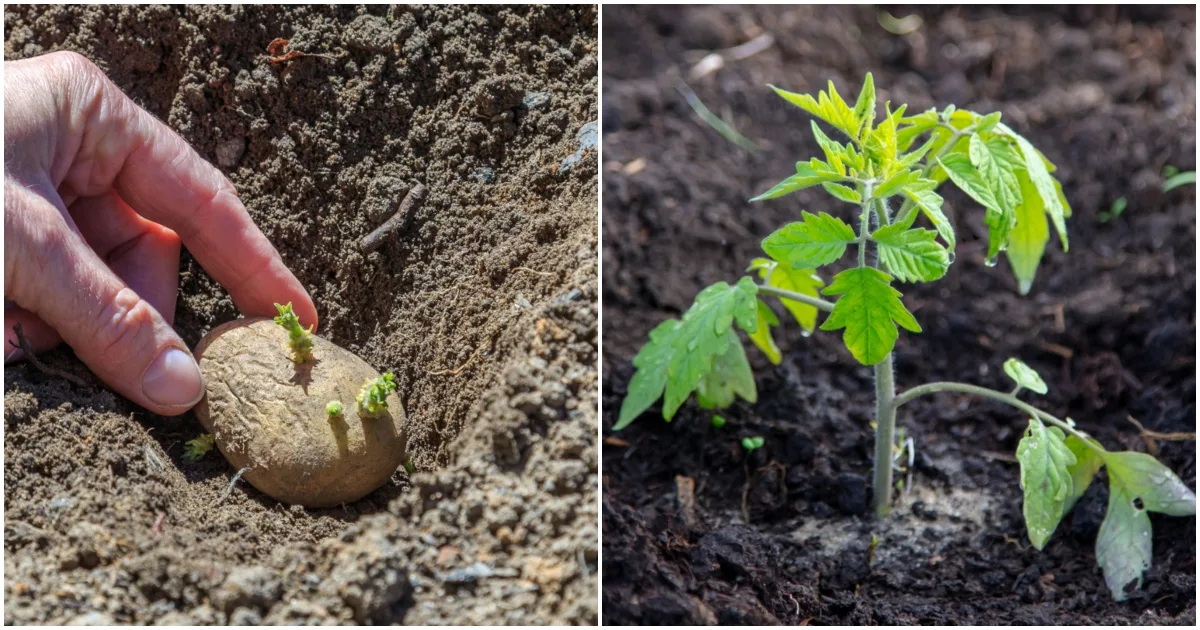
A Space-Saving Solution
For urban gardeners with limited space, the Pomato is a revelation. Instead of needing two beds or containers, one plant does double duty. Balcony gardeners, in particular, have embraced it as a creative way to maximize small areas.
But there’s a catch: because the plant divides its energy between two crops, yields may be smaller, and the flavors of both tomatoes and potatoes can vary depending on soil, sunlight, and care. Some gardeners report excellent harvests, while others note modest results.
Innovation Meets Tradition
The Pomato is more than just a gardening novelty—it represents the intersection of plant science, sustainability, and human ingenuity. By encouraging efficient use of resources, it demonstrates how ancient techniques like grafting can still inspire modern solutions to food production challenges.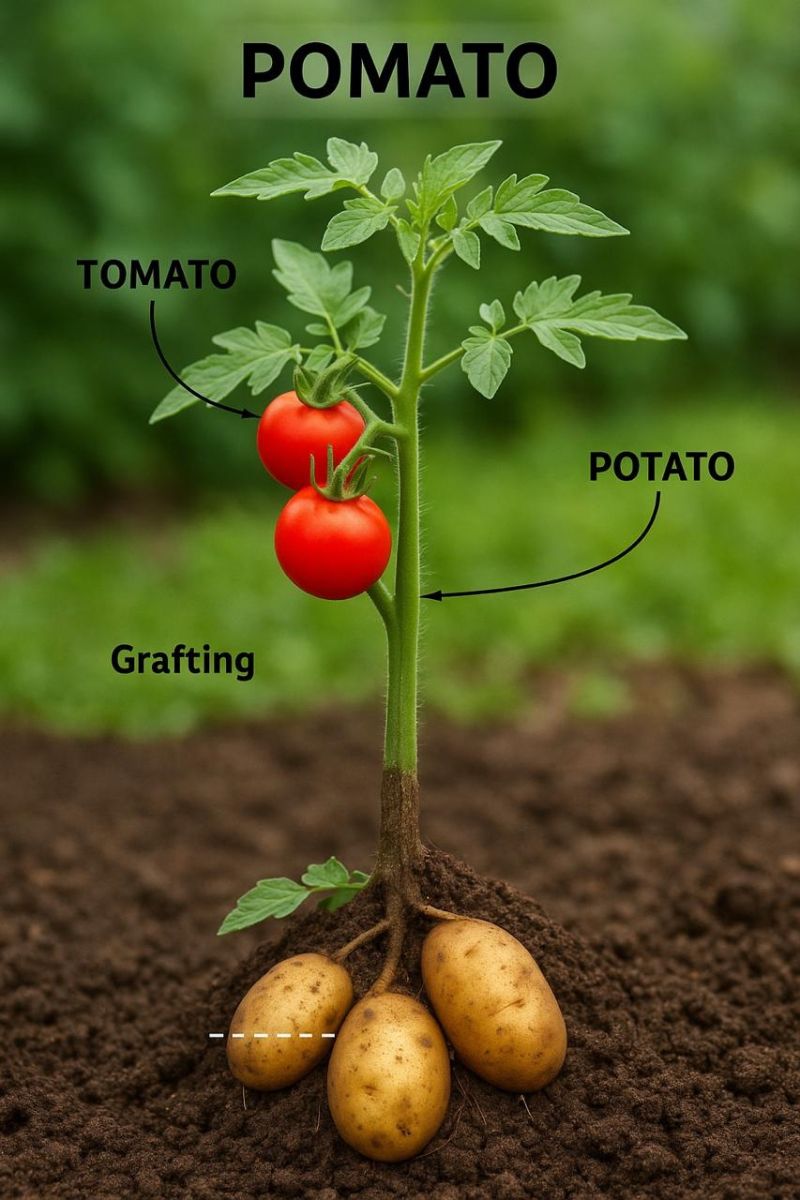
The Bigger Picture
While the Pomato isn’t likely to replace traditional farming anytime soon, it’s an exciting glimpse into the future of sustainable agriculture. Imagine schools using it as an educational tool to teach children about plant biology, or city dwellers growing two crops in a single pot on their balcony.
The Pomato reminds us that innovation doesn’t always mean high-tech laboratories or genetic modification—sometimes, it’s about using age-old knowledge in creative new ways.







